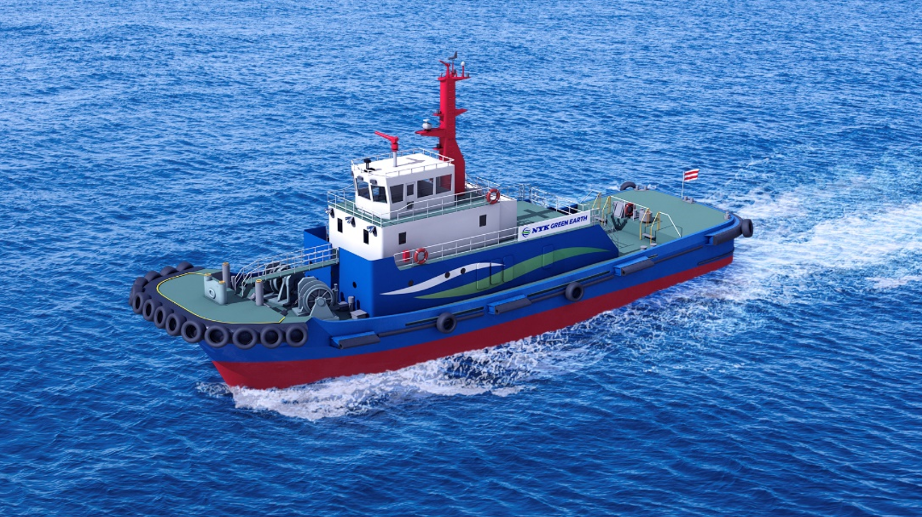Japanese shipping company NYK has commenced conversion of the liquefied natural gas (LNG) fueled tugboat Sakigake to an ammonia-fueled tugboat (hereinafter “A-tug”) at the Oppama factory of Keihin Dock Co. Ltd. to achieve further reductions in greenhouse gas (GHG) emissions. Sakigake is operated in Tokyo Bay by the NYK Group’s Shin-Nihon Kaiyosha.

This modification involves the development of vessels equipped with a domestically produced ammonia-fueled engine through an effort that was initiated in October 2021 by NYK, Japan Engine Corporation, IHI Power Systems Co., Ltd., and Nihon Shipyard Co., Ltd. as part of the Green Innovation Fund Project* of Japan’s New Energy and Industrial Technology Development Organization (NEDO).
To replace the entire engine, including the main engine and fuel tank, the engine room will be cut to remove the existing LNG-fueled equipment and install the new ammonia-fueled machinery. The new engine has been tested at IHI Power Systems’ Ota Plant (Gunma Prefecture) to confirm virtually zero emissions from the unburned ammonia and the nitrous oxide (N2O), which has a greenhouse effect about 300 times greater than carbon dioxide (CO2).
A-tug is scheduled for delivery in June 2024. The vessel will continue to be operated by Shin-Nihon Kaiyosha to verify its decarbonization effect and operational safety as the world’s first ammonia-fueled vessel.
The NYK Group will continue to promote an energy shift to next-generation fuels to achieve the target of net-zero GHG emissions by 2050 for the Group’s oceangoing business.
It is reported that in order to significantly accelerate current initiatives such as structural transformation of the energy and industrial sectors and innovation through bold investment towards carbon neutrality by 2050, a 2 trillion fund has been created at NEDO to provide continuous support to companies and others who are working on management issues based on shared ambitious and specific targets in the public and private sectors.


